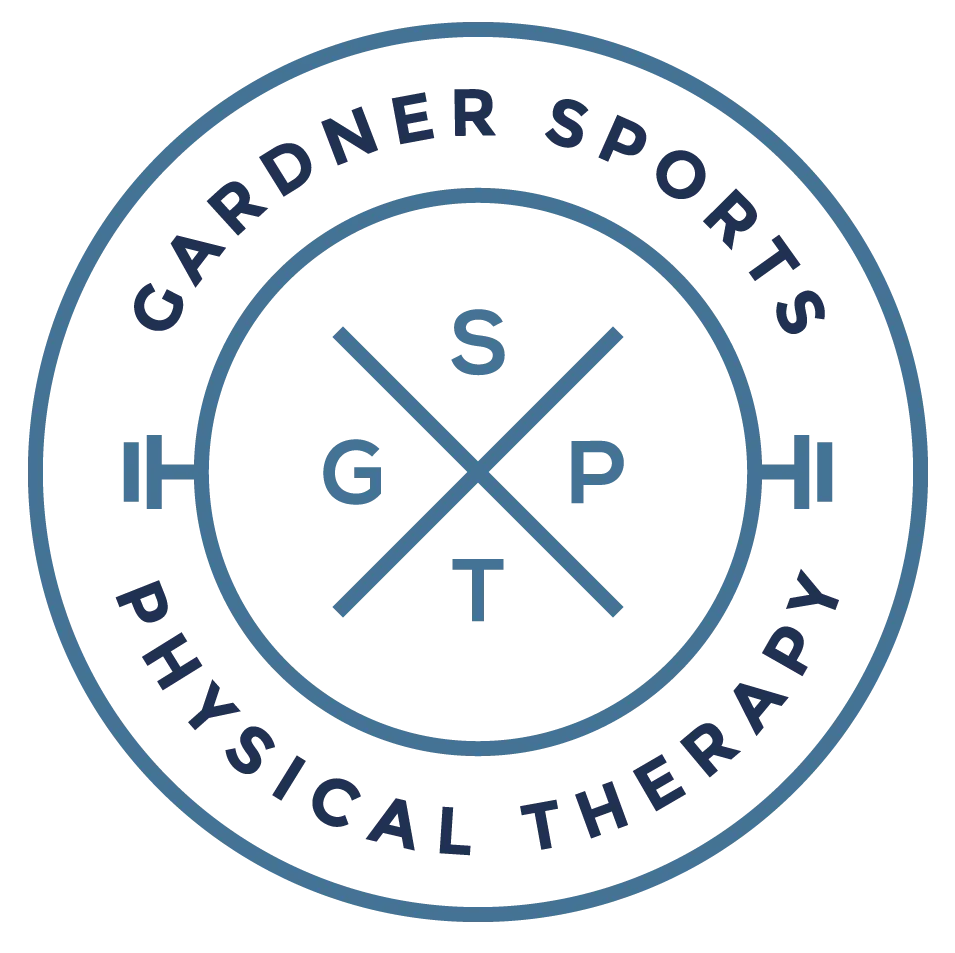Learn how to finally overcome your elbow pain and start crushing it on the tennis court again with these 5 simple drills!
Soft Tissue Mobilization of Forearms
Find a lacrosse ball or even a peanut lacrosse ball. Roll out the tissues of your forearm flexors and forearm extensors. I pay a good deal of attention to the forearm flexors because muscle stiffness in the flexors can actually limit full performance of the range and strength of the forearm extensors. Perform for about 60 sec. This will help to keep the soft tissues from being “dense” or “toned” which can cause pain or further promote protective movement patterns.
Self-Directed Lateral MWM of the Elbow
Find a wall. You are going to anchor the outer portion of your injured upper arm on the wall. Then, you are going to place a gentle force just below your elbow joint in an outer direction. As you place force, you are gripping a towel or tennis ball. This Movement With Mobilization helps reduce lateral pain and improve gripping strength in the short term.
Wrist Extension Isometrics to Eccentrics
Isometrics or an exercise where you hold your muscle in a specific position for a certain duration, have been shown to have pain relieving effects. This is one of my go to exercises to start building up the strength of the tendon. After a certain period of time, this exercise will progress to an eccentric exercise where you slowly lower the weight from full extension to flexion by controlling the movement with your wrist extensors.
For the isometric exercise, make sure to only perform the first half of the video demonstration. Use a pain tolerable weight (nothing over a 4/10) for 5 reps of 45 seconds. If you can’t hold the 5 reps for 45 seconds, try a lighter weight or use less duration or reps until you can perform 5 reps of 45 seconds.
Thoracic Mobility Drills
More research is confirming that stiffness, range of motion, weakness, or a combination of the above in the middle/upper spine (thoracic spine) can cause issues in the shoulder, elbow, or wrist. In this case, thoracic spine issues likely cause weakness or coordination issues at the shoulder and the elbow happens to be the place where the body tries to compensate for the issues above. By addressing thoracic spine issues, you eliminate one more problem area that could cause your body to work harder elsewhere.
Sidelying Shoulder External Rotation
Similar to the explanation for the thoracic mobility drills, shoulder external rotation strength is listed as a factor in the development of tennis elbow. This could be from an increase in training load causing the rotator cuff to fatigue out and lead the elbow to take over or it could be due to other things like range of motion or coordination issues. Either way, addressing shoulder external rotation strength can help take the load off the elbow while performing tasks like tennis or repetitive strain jobs.
Now you will see that none of these 5 drills included pain pills, icing, or other passive strategies. Tennis elbow is a nagging injury, but it needs to be an active recovery. I do tell my patients to use the offloading strap if they need it to get through a match or get through a day at work, but I remind them that icing, straps, and meds only treat the symptoms and rarely fix the underlying issue of decreased load capacity of the tendon. You have to put in the work to get better with tennis elbow!



